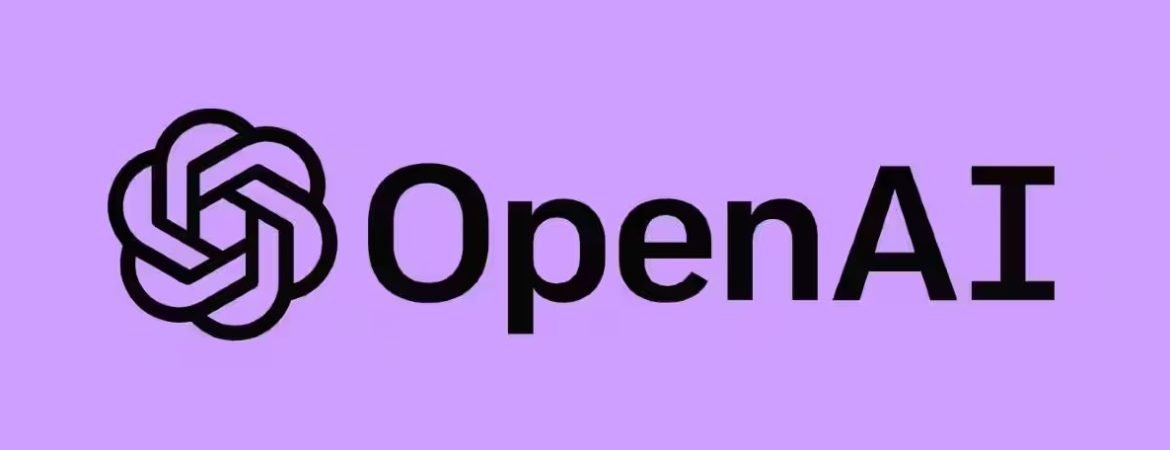How is AI Impacting Productivity?
The Economic Landscape with AI The buzz around artificial intelligence predominantly concerns its profound ability to replicate human tasks, hinting at a future where many human roles might be taken over by algorithms. The numbers are astonishing; studies project up to 300 million jobs globally could be affected, potentially adding $4.4 trillion annually to the world’s economy. Revisiting the Productivity Paradox Productivity growth is a key metric to gauge technology’s impact on economic health. A rise in worker productivity implies potential for increased wages. The late 20th century in the U.S. saw robust productivity growth. However, the introduction of computers and early digital technologies resulted in a puzzling decline during the 70s and 80s. This “productivity paradox” left many questioning the real value of these technologies. Generative AI: The New Frontier AI capabilities, especially generative AI, bring potential seismic shifts. These tools can craft content, influencing sectors like advertising and creative industries. Predictions suggest productivity might soar by 1.5% annually due to generative AI, potentially reaching up to 3.3% a year by 2040. Productivity Trends: A Historical Perspective Tracing back, productivity growth faced numerous ebbs and flows, influenced by technology advancements. For instance, while the 1990s saw a productivity boost with the World Wide Web’s advent, the early 2000s faced a slump despite new tech revolutions like the iPhone. Expectations were then placed on AI and automation, only for the pandemic to reset the entire scene. Interestingly, the pandemic pushed productivity to a record 4.9% globally, aided largely by digital technology adoption. Anticipating the Future: Factors to Consider Conclusion: Navigating the AI-Driven Future The discourse around AI’s influence on work offers varied scenarios, each plausible in its right. While studies like those from Goldman Sachs or McKinsey provide a foundation, it’s crucial to proactively engage in discussions about potential future outcomes. Understanding the past can help us prepare for what’s to come, emphasizing the irreplaceable blend of human curiosity and technological advancement.




